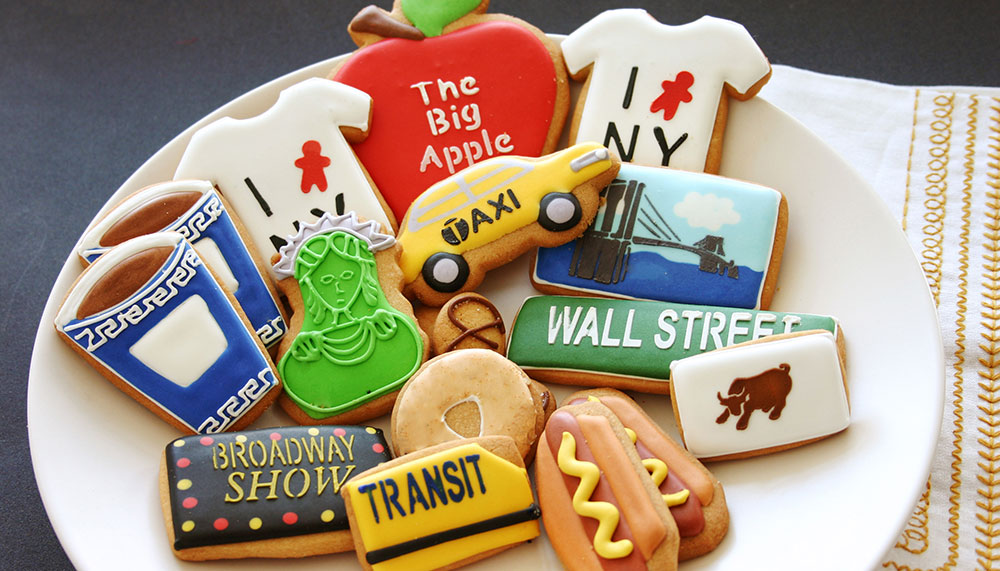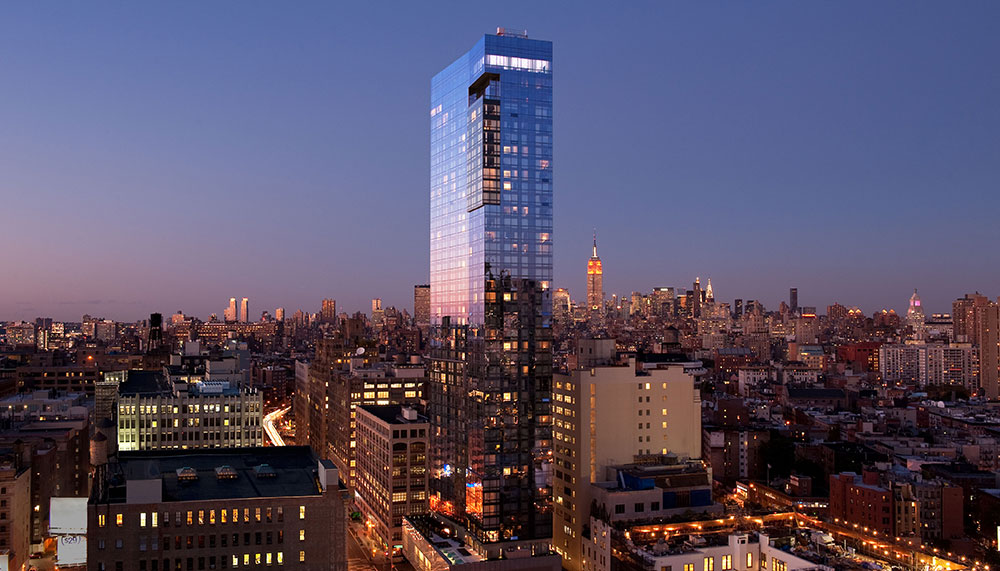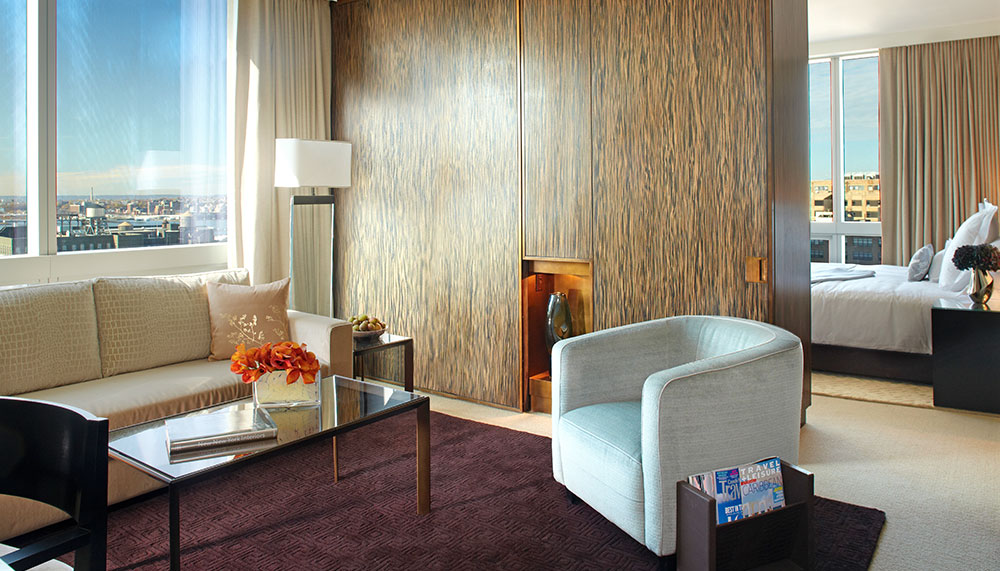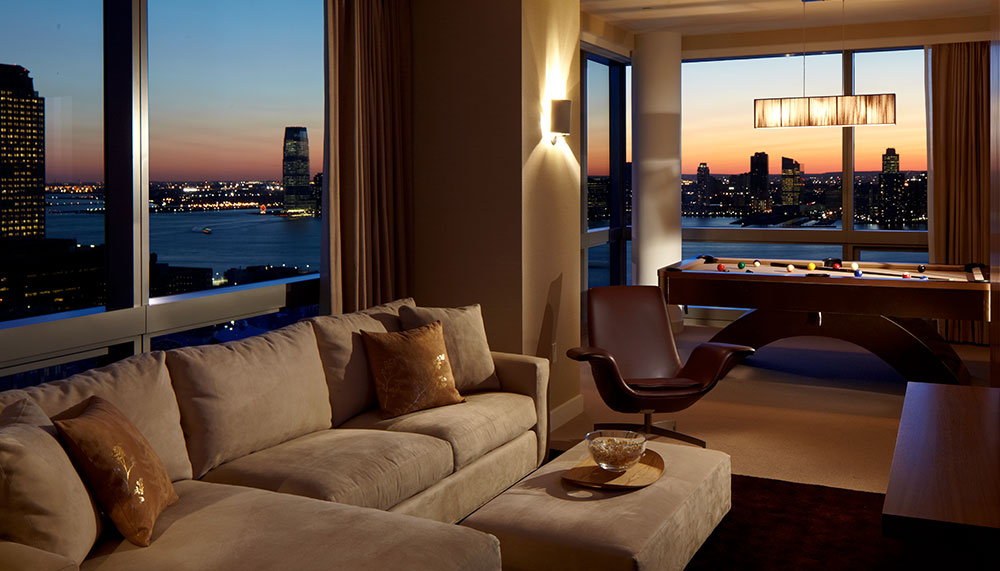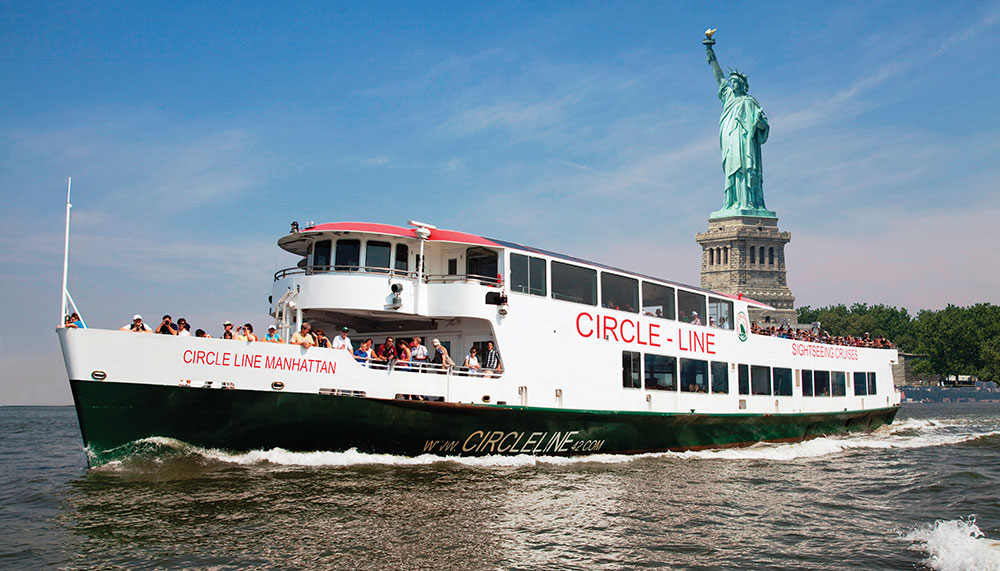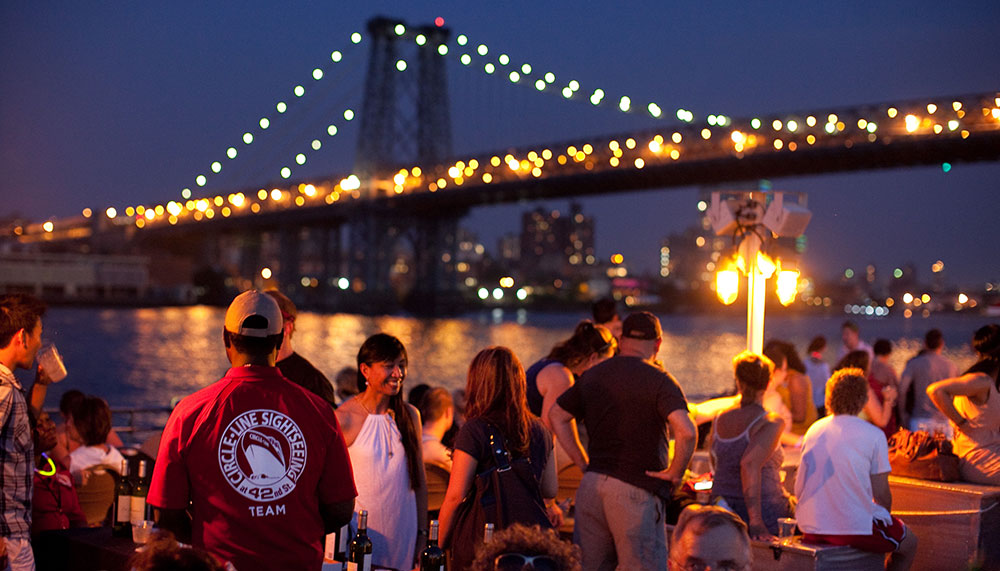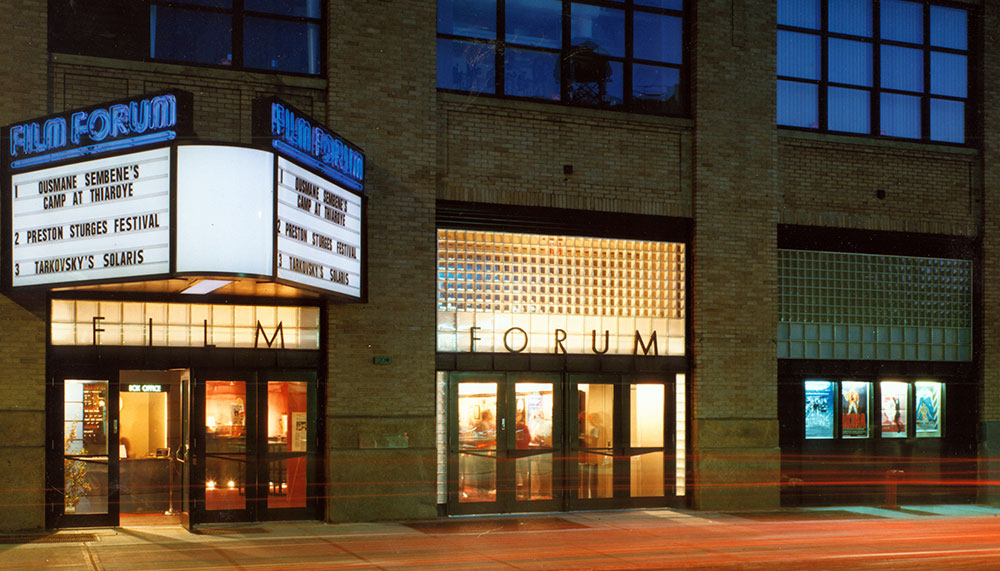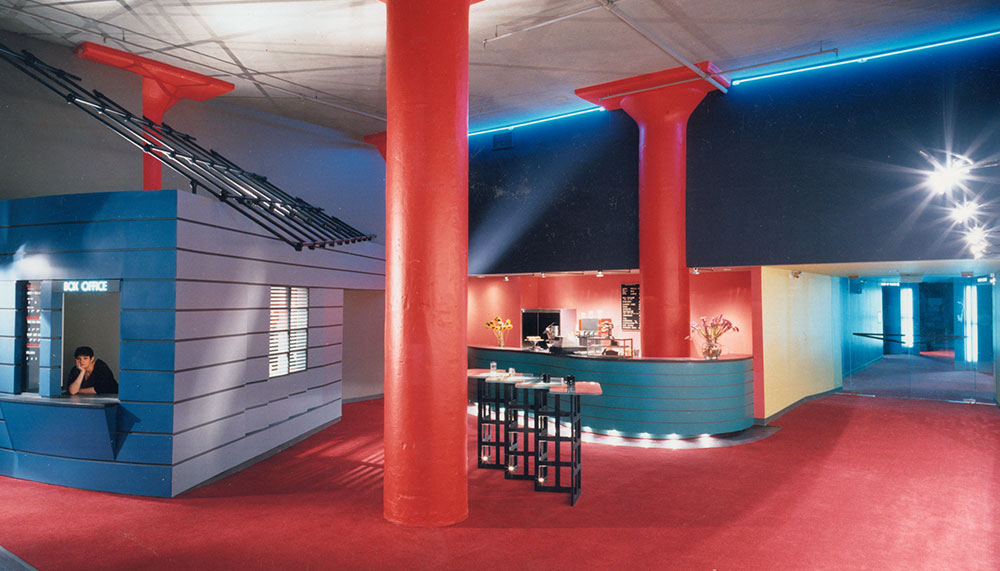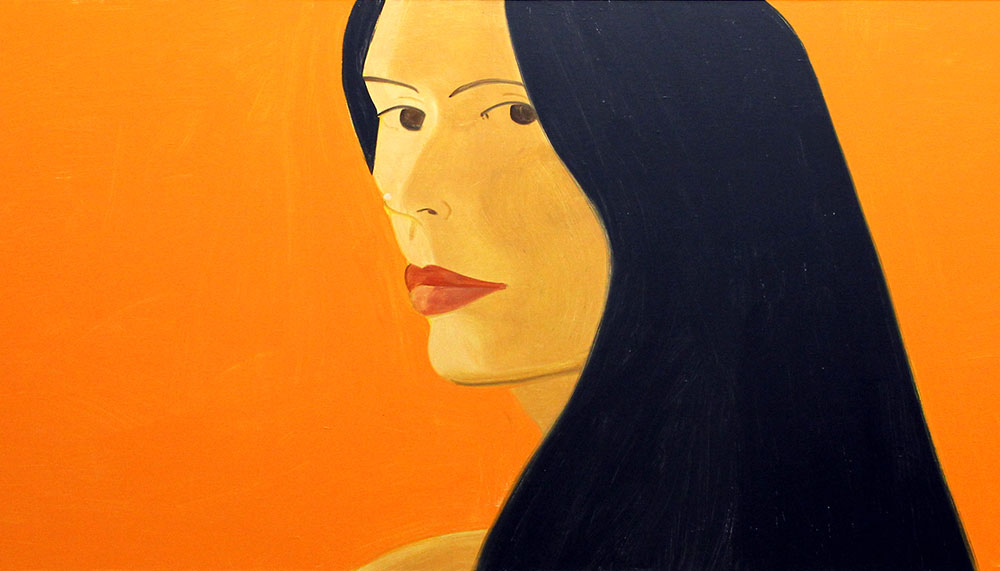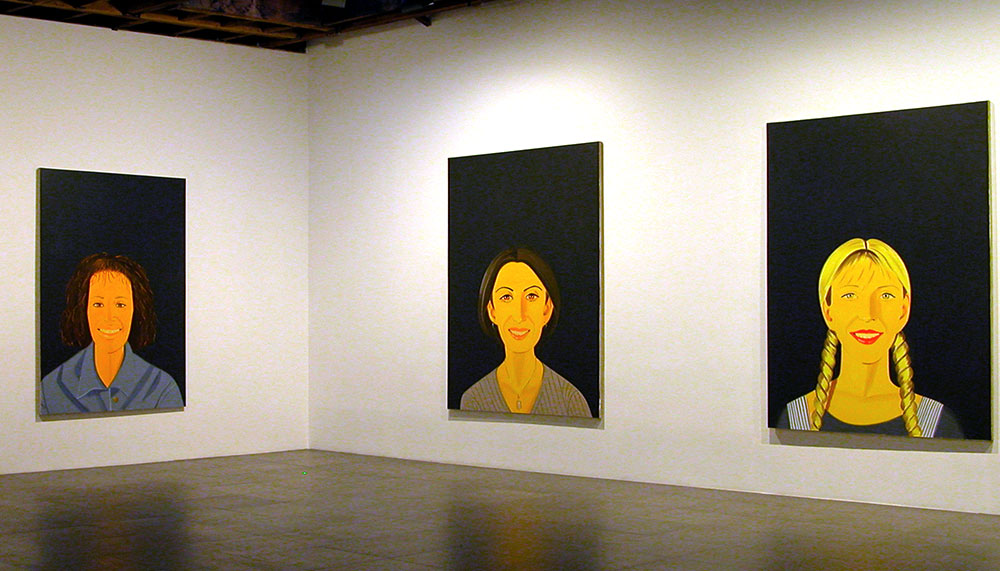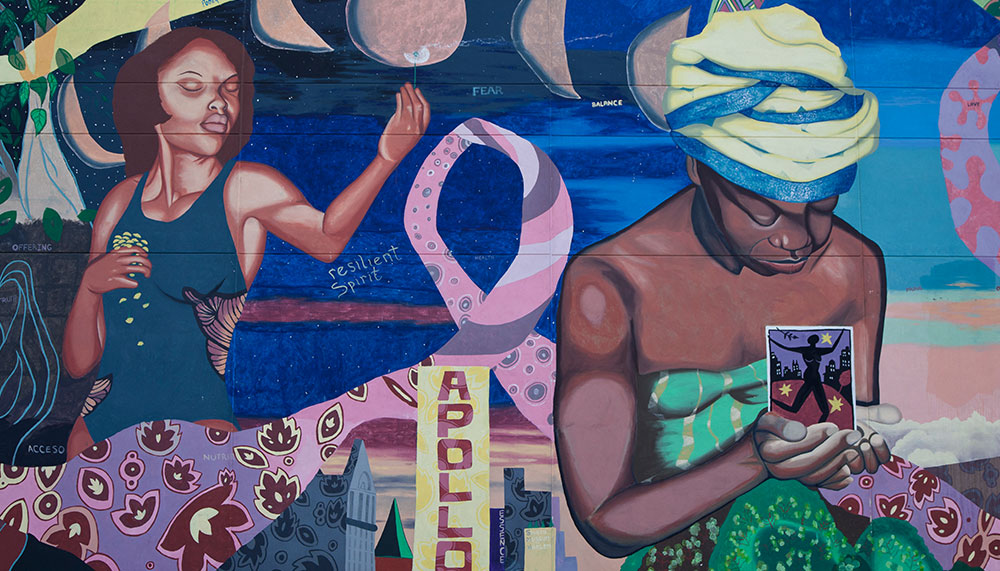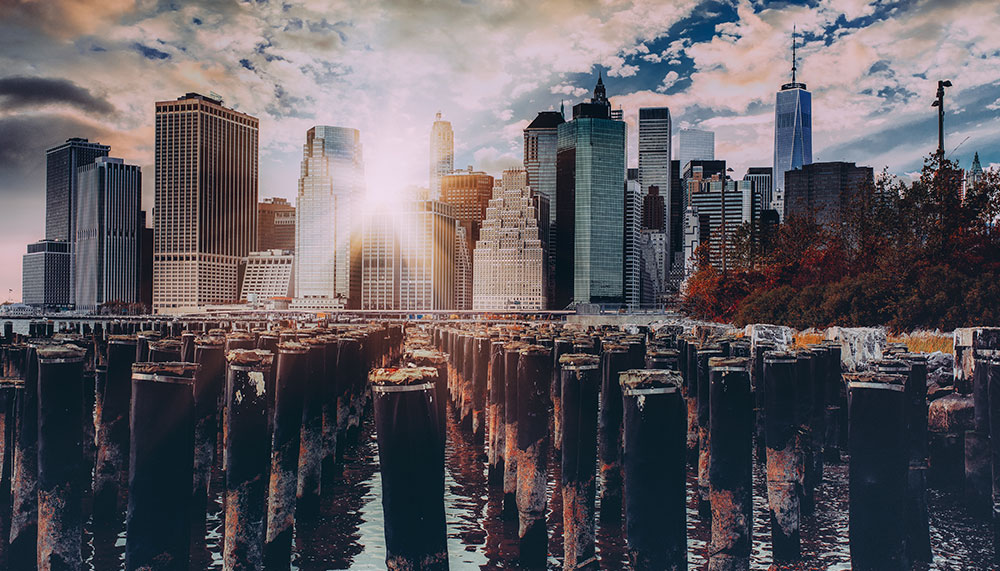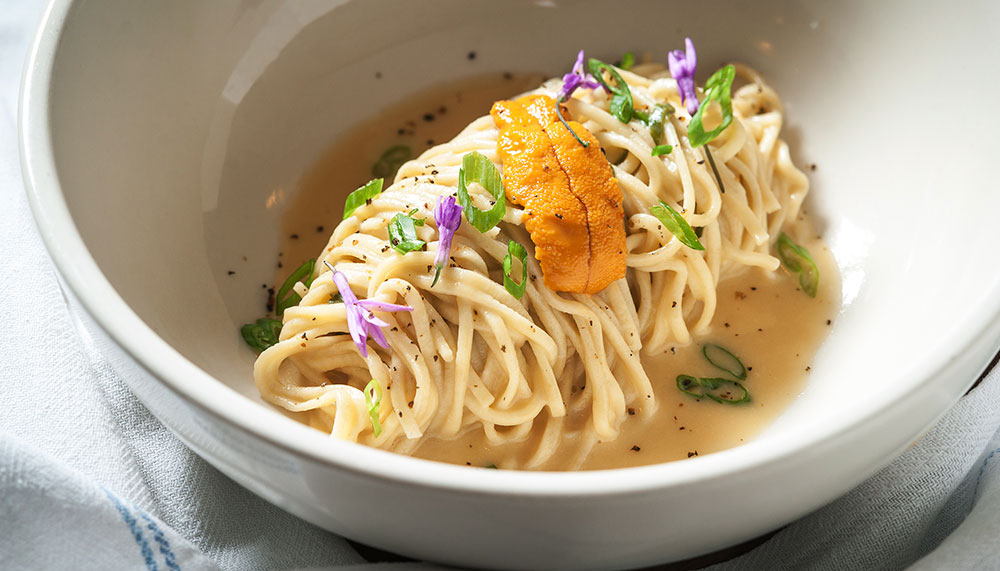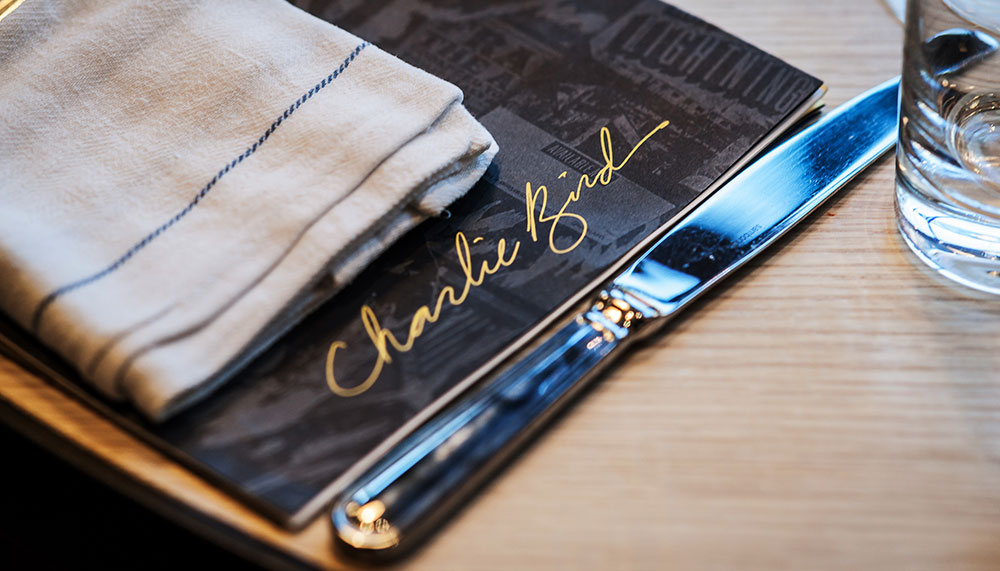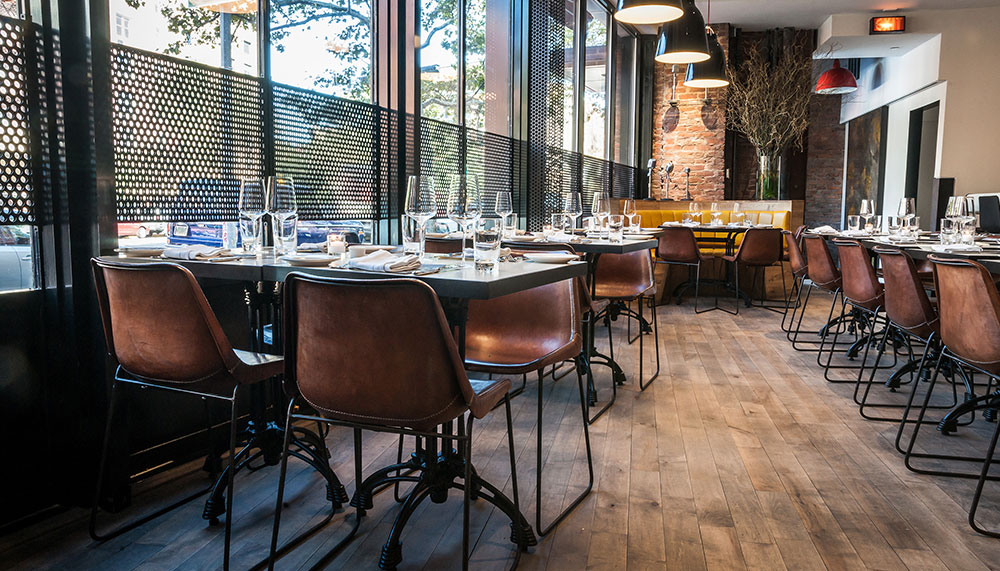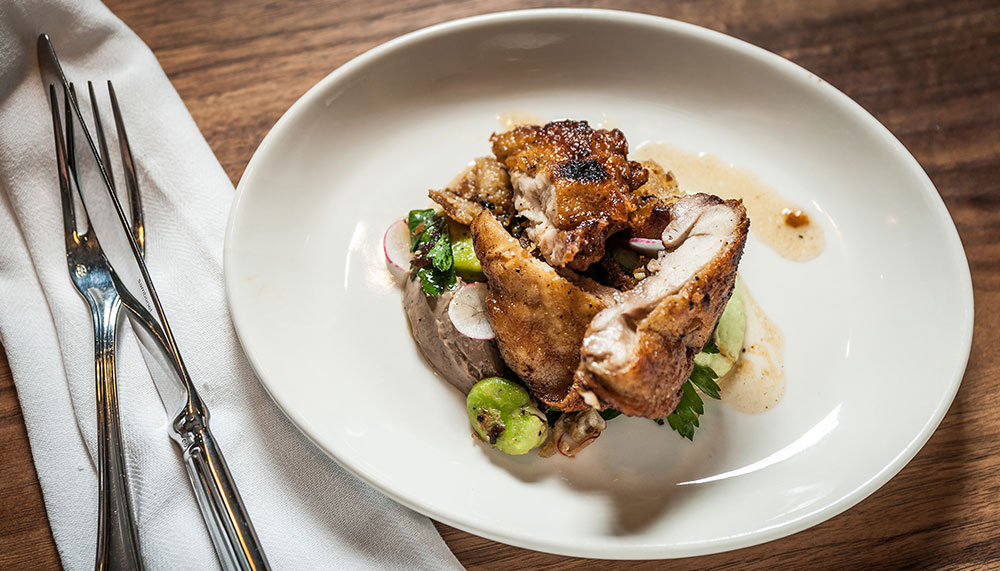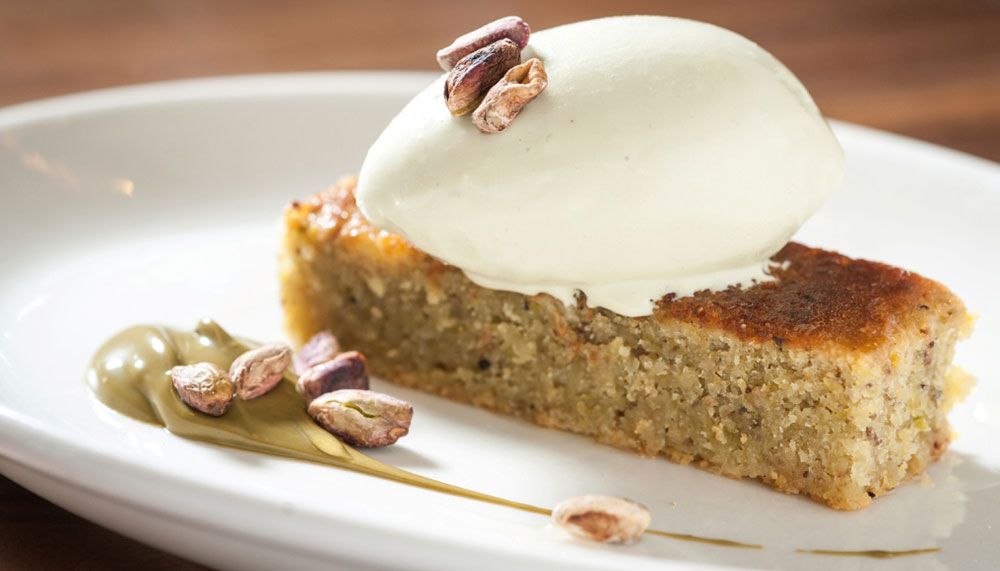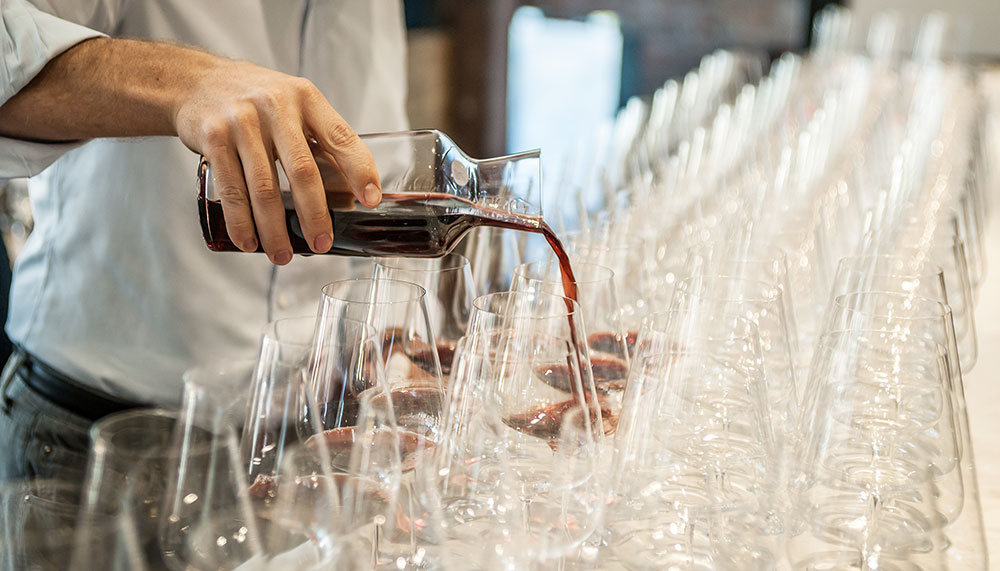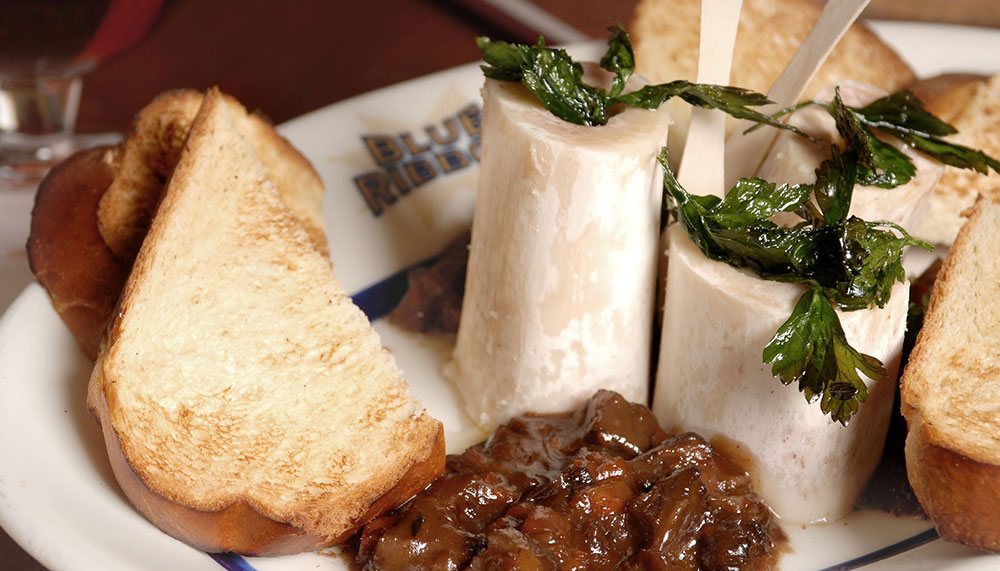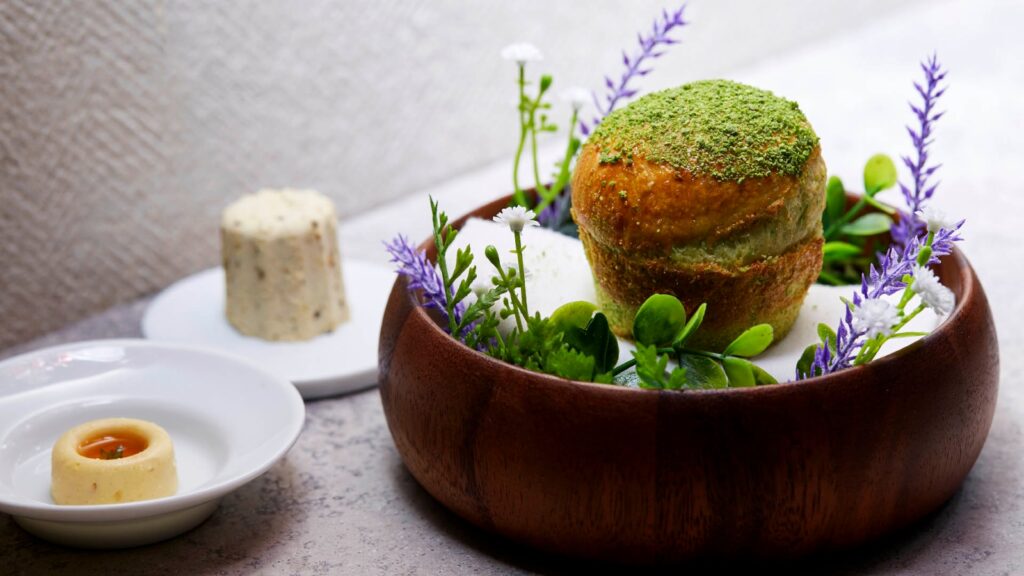A trio of New York neighbourhoods making up a constantly evolving city
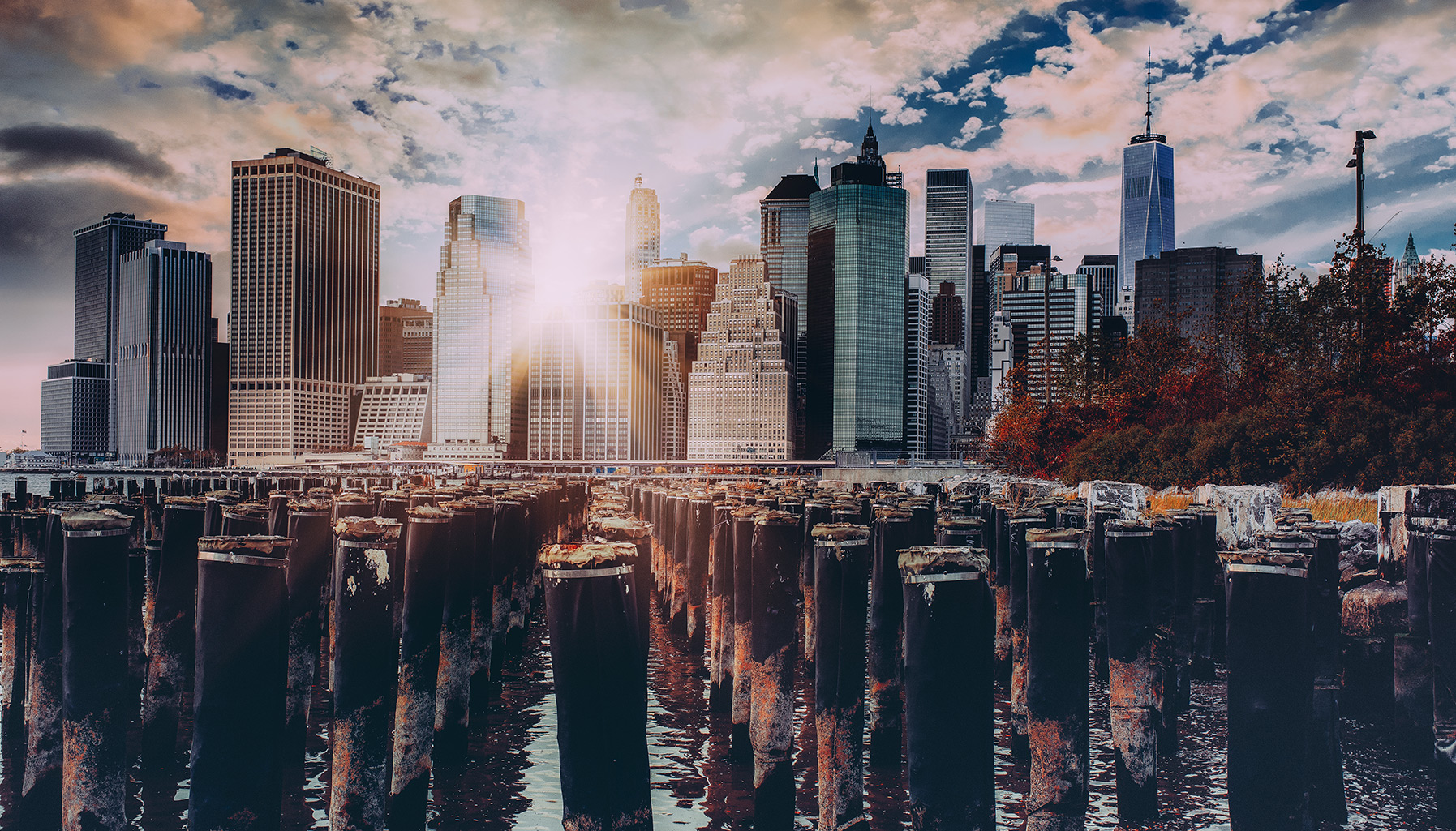
It’s early on a sublime New York summer morning and I’m alone in the far west side of Chelsea. I feel like I have the Big Apple to myself as I walk between crumbling brick warehouses bathed in maple-coloured sunlight towards the Hudson River. Surrounded by some of Manhattan’s coolest communes, including Hell’s Kitchen, NoMad and the celebrity nightclubs of the Meatpacking District, the western fringe of Chelsea is enjoying a steady gentrification, spurred on by the recent opening of the second segment of the revitalised High Line.
This historic elevated train line winds through the neighbourhoods of Manhattan’s west. It once delivered livestock and milk to the city centre before lying derelict for decades. Saved by popular consent, revitalised and developed into an urban park and walkway, the 2.33km High Line Park, modelled on the Promenade Plantee in Paris, has become a major attraction in west Chelsea for tourists and locals alike.
It’s an easy walk at this time of day from my hotel, Trump SoHo, to Gansevoort Street in the Meatpacking District, where I climb stairs wreathed with ironwork to the start of the Line. On either side of the Line, wildflowers bloom and New Yorkers begin to emerge from their remodelled terrace houses to sip coffee at the park’s many sitting areas. There are also viewing platforms looking out at the Hudson River and even tunnels through some of the district’s most historic buildings.
One of these is Chelsea Market, which is housed in the sprawling factory of the former National Biscuit Company, where Oreo was created. Head inside for breakfast delights at Eleni’s Bakery or Amy’s Bread, or graze through the many olive oil, cheese and artisanal salt stands, before carrying your prizes across to the nearby Chelsea Piers for a picnic beside the water. Alternatively look out for local sensation New York Burger Company on West 23rd Street.
These historic piers are located on the Hudson River and were once a busy cruise line hub (the Titanic had been scheduled to arrive at Pier 59). The piers are now home to a major sports and entertainment complex that includes a driving range and golf clinic, an Olympic-sized pool, gym and sun decks; as well as the Chelsea Brewing Company, a new craft brewery at Pier 59. The famous Circle Line cruise tours leave from Pier 83, as do Bike & Roll tours, which take advantage of the bike-friendly lanes that run down the banks of the Hudson with tours to the 9/11 memorial and the newly opened Freedom Tower.
High rents in SoHo have led to an emerging contemporary arts scene in west Chelsea, with galleries like Gagosian, Gladstone and Hauser & Wirth turning heads within the arts community. Chelsea also has a thriving nightlife scene, with bars like The Tippler, D Bar and Bathtub Gin.
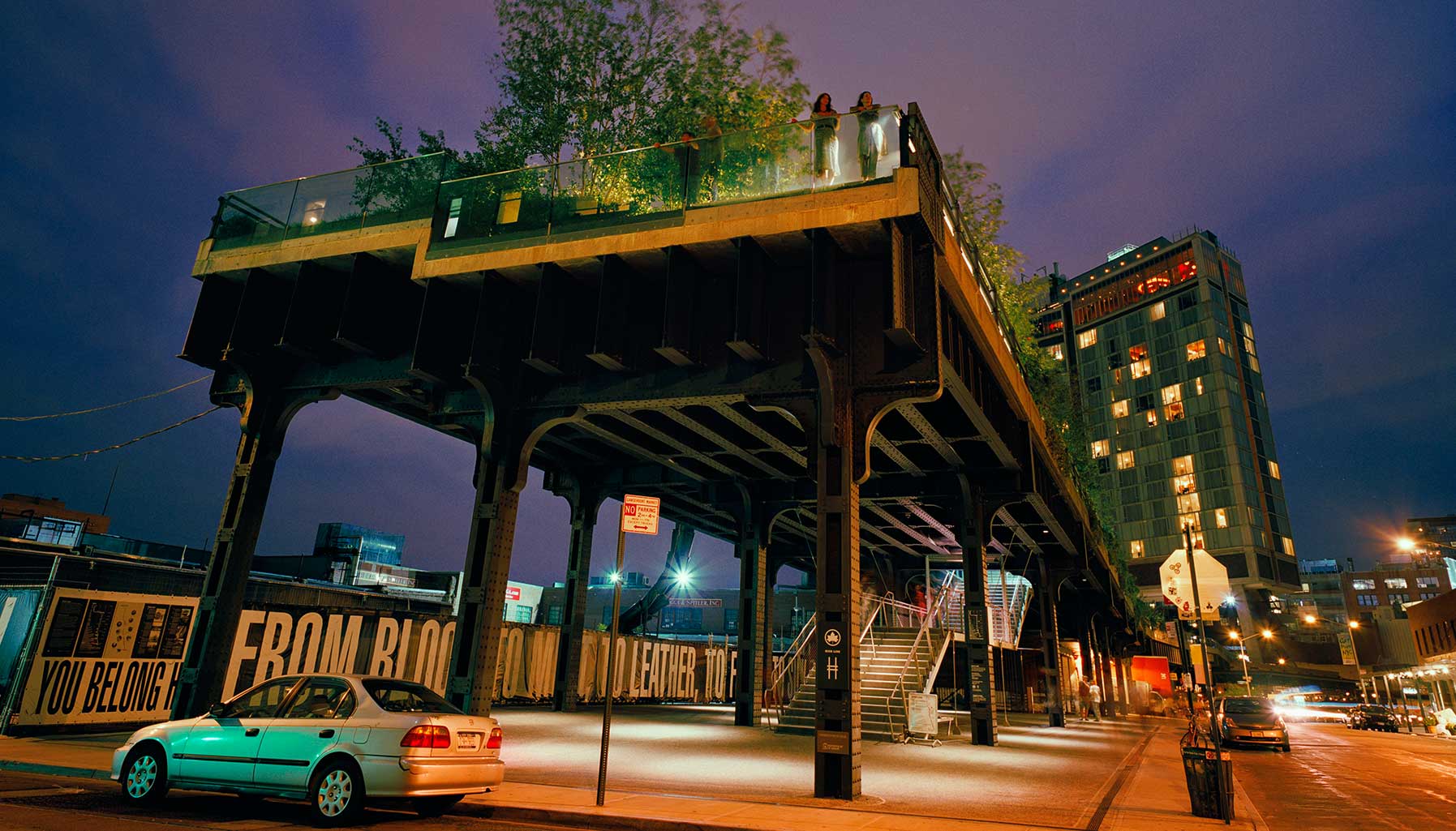
Unlike west Chelsea, SoHo is a neighbourhood that needs no introduction. But that doesn’t mean it’s not changing. One of the most recent additions to arguably New York’s coolest enclave is Trump SoHo , a beautiful design-savvy hotel that’s already a huge celebrity magnet in a precinct that’s regularly star-struck.
The tower also boasts some of the most luxurious apartments in the area, drawing money downtown to a new-look SoHo that’s enjoying its high society status. As those same artists left SoHo for Chelsea (art lovers take comfort, the area is still bristling with galleries and workshops), their lofts and studios were replaced with chic boutiques as high fashion moved into the National Historic Landmark-listed cast-iron buildings. I walk SoHo’s Belgian stone-paved side streets at lunch time, the pavements packed with models and starlets clutching shopping bags and toy dogs, one gallery playing punk rock that echoes in the rafters of its vaulted ceiling.
On one corner, I spy fashion designer Calvin Klein photographing a shopfront and discussing it with his advisers. Named for its similarity with London’s Soho, and for the fact that it’s south of Houston Street, SoHo is a shoppers’ paradise, with major brands lined up on the main thoroughfares and local labels taking up space on the backstreets. There’s something for everyone in this once-Bohemian enclave. On Canal Street you’ll find flea market stalls and emporiums of fascinating (and often pawned) curiosities, and great book stalls and locally made jewellery on Prince Street. Then you have the major labels, from wallet-friendly Topshop to Britain’s All Saints, through to iconic Brazilian shoe brand Galeria Melissa. Sure there is Chanel, Prada, Tiffany and other leading luxe brands, but head out on foot to discover the likes of Rag & Bone, 3.1 Philip Lim and Balenciaga, with new boutiques opening every week.
If you’re still intent on a culture fix, SoHo is home to more than its fair share of galleries, from the iconic Artists Space, which has been nurturing new SoHo talent since 1972, to Peter Blum Gallery, which has hosted exhibitions by Robert Ryman through to Alex Katz. Film buffs can head to Film Forum, which regularly shows art hoFi;use flicks.
All this culture is bound to create an appetite, in which case head for one of SoHo’s many eclectic bars or its A-list restaurants. Antique Garage, despite serving Sean Penn, Kevin Spacey and Brooke Shields, remains understated, with a well-curated wine list and live jazz. If you’re set on spying out some of SoHo’s local celebs, head for Balthazar, a favourite for lazy Parisian-style weekend brunches and busy weekday power lunches; Blue Ribbon Brasserie, where razor-sharp service meets sublime raw seafood; and newcomer Charlie Bird, a pint-sized culinary mecca off King Street that’s already turning heads.
Things move at a different pace in Harlem, where I head on one sun-kissed afternoon to join a Free Tours by Foot tour conducted by Derrick Edwards, a local guide and historian. Harlem, the historical capital of black American culture, has always been a fascinating neighbourhood and one of the city’s most diverse. It’s also one that’s seen a steady gentrification, especially in central Harlem and to the west.
Our group meets outside the Schomburg Center for Research in Black Culture. From here we set out on foot, the historic murals on the facade of Harlem Hospital Centre brilliant in the afternoon sunshine. Edwards plays period music from a portable speaker as he explains the heritage of Harlem.
Children race past on bicycles or play outside the yellow and auburn brownstones on Strivers Row, home to beautiful examples of 19th-century architecture by some of the city’s leading designers. We peek in at Shrine Bar & Restaurant, a local live music institution, before stopping for a bite at Sweet Mama’s Soul Food, only because Sylvia’s, a local soul food institution down the road, is packed with locals young and old.
The neighbourhood’s fortunes are rapidly changing. Harlem’s live music credentials are being supplemented by new restaurants and lounges opening between West 118th and 131st streets. An increasing number of locals and tourists are aiming north in search of innovative and authentic cuisine from the likes of wine bar Barawine, intimate French eatery Cheri and Blvd , where chef Carlos Swepson dishes up modern takes on American soul food.
Our tour ends at Apollo Theatre, at the heart of Harlem’s new-found fortunes. Nearby, former president Bill Clinton has his offices, chef Marcus Samuelsson’s Red Rooster restaurant is serving up a storm, an urban bucket band plays beneath a statue of pastor and politician Adam Clayton Powell Jr, and crowds flow in and out of Gap and American Apparel boutiques on 125th street. It’s just another take on a city that never fails to fascinate intrepid travellers content with letting their feet do the navigating.
